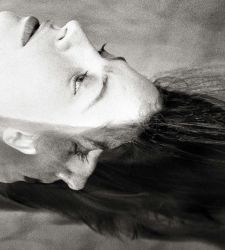
A singular portraitist: this could be the definition of photographer Lia Pasqualino (Palermo, 1970), whose work is imbued with a deep sense of humanity and silence. Granddaughter of the painter Lia Pasqualino Noto (Palermo, 1909 - 1998), she trained ...
Read more...

When in 1985 the Region of Tuscany dedicated an entire year to the promotion of Etruscan civilization, the project that developed took on a pioneering role in defining new ways of disseminating historical and archaeological heritage. TheYear of the E...
Read more...
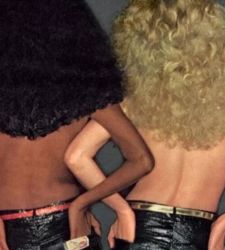
From the post-World War II period until the early 2000s, Italian fashion built its public identity through a complex bond of communicative tools and aesthetic codes that today represent the heritage of the national imagination. Of great importance, t...
Read more...

It is not a fad. It is not even a comeback. It is a slow infiltration, a trickle that has become a river. For the past few years, contemporary art seems to be crossed by a different whisper, something that resembles prayer but behaves like a wound: i...
Read more...
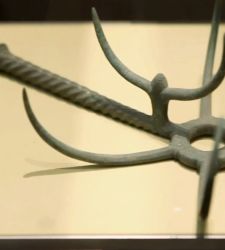
What objects provide insight into the complexity, spirituality, and sophistication of the Etruscan people? In short: is it possible to compile a list of ten objects for understanding the Etruscans? We have tried. Cinerary urns and votive bronzes that...
Read more...
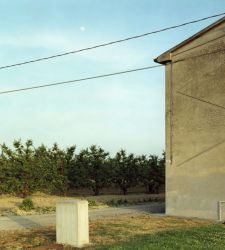
The work of Guido Guidi (Cesena, Italy, 1941) can be compared to that of a geologist who, instead of looking for gold or diamonds, focuses on sedimentary rocks and seemingly ordinary cracks in the ground. Guidi is not looking for spectacular beauty (...
Read more...
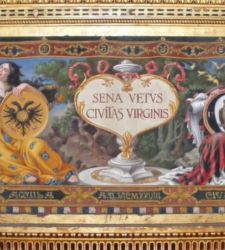
The Palio di Siena is one of the most fascinating and complex events in Italy, organized directly by the City of Siena. Every year, on July 2 and August 16, ten out of seventeen contrade run the historic competition and compete for the prestigious dr...
Read more...
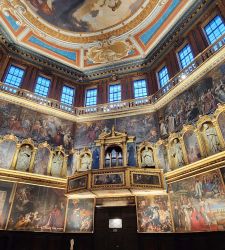
Those who arrive at the Rovigo Rotunda from the most beautiful and most convenient street, the one leading to the long square opened in 1864, are in danger of being fooled: a lawn, pines, two wings of cobblestones and two rows of colorful houses that...
Read more...
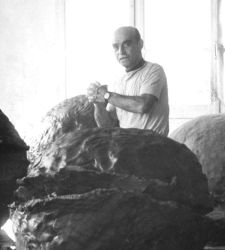
Lucio Fontana (Rosario, 1899 - Comabbio, 1968), although internationally recognized primarily for his Cuts (or, rather, Waits), actually devoted a preponderant part of his creative activity to ceramics, a medium of expression that he radically transf...
Read more...
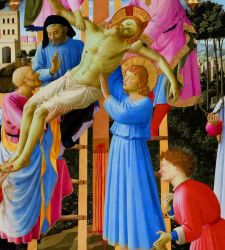
The major 2025 exhibition on Fra Angelico in Florence (Palazzo Strozzi and Museo di San Marco, Sept. 26, 2025 to Jan. 25, 2026) had, among others, the merit of offering the public, in the first room of Palazzo Strozzi, a kind of ideal reconstruction ...
Read more...
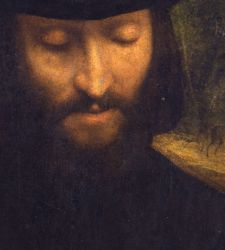
Since my studies have sometimes led me to take an interest in Correggio's particular subjects and in his relations with the Gonzaga courts, with which he had an evocative continuity of relations, I can now present a result that illuminates a work of ...
Read more...
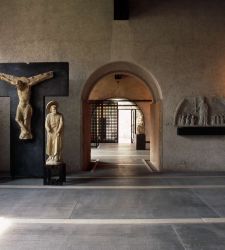
On the occasion of the fiftieth anniversary of the restoration and new layout carried out by Carlo Scarpa (Venice, 1906 - Sendai, 1978) at the Museo di Castelvecchio in Verona in 2014, Alba Di Lieto and Alberto Vignolo edited and edited the publicati...
Read more...
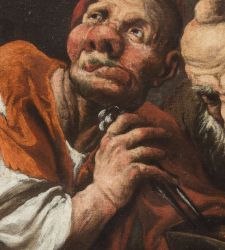
Grimaces and disproportionate bodies, exaggerated expressions, protruding noses and gnarled hands: these are the elements that strike the viewer at first glance in the painting depicting the three alchemists at work by Pietro della Vecchia (Vicenza, ...
Read more...
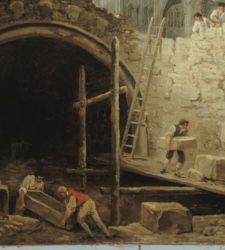
Screams, terror and blood. On January 21, 1793, with the execution of Louis XVI (Versailles, 1754 - Paris, 1793), eight centuries of French monarchy were cut short in one day. The French Revolution had turned Paris into a theater of daily violence an...
Read more...
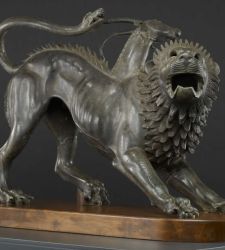
One can only imagine the sense of astonishment that, on that November 15, 1553, the people of Arezzo felt when news spread of the discovery of the splendid Etruscan bronze we know today as the Chimera of Arezzo. And even greater must have been the wo...
Read more...
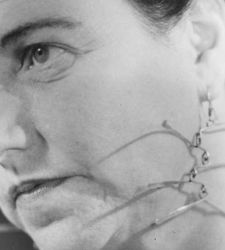
Art, design and architecture are autonomous disciplines that often influence and contaminate each other, each maintaining its own identity and purpose. The roles of the artist, the designer and the architect, differ in their approach and goals. The d...
Read more...















